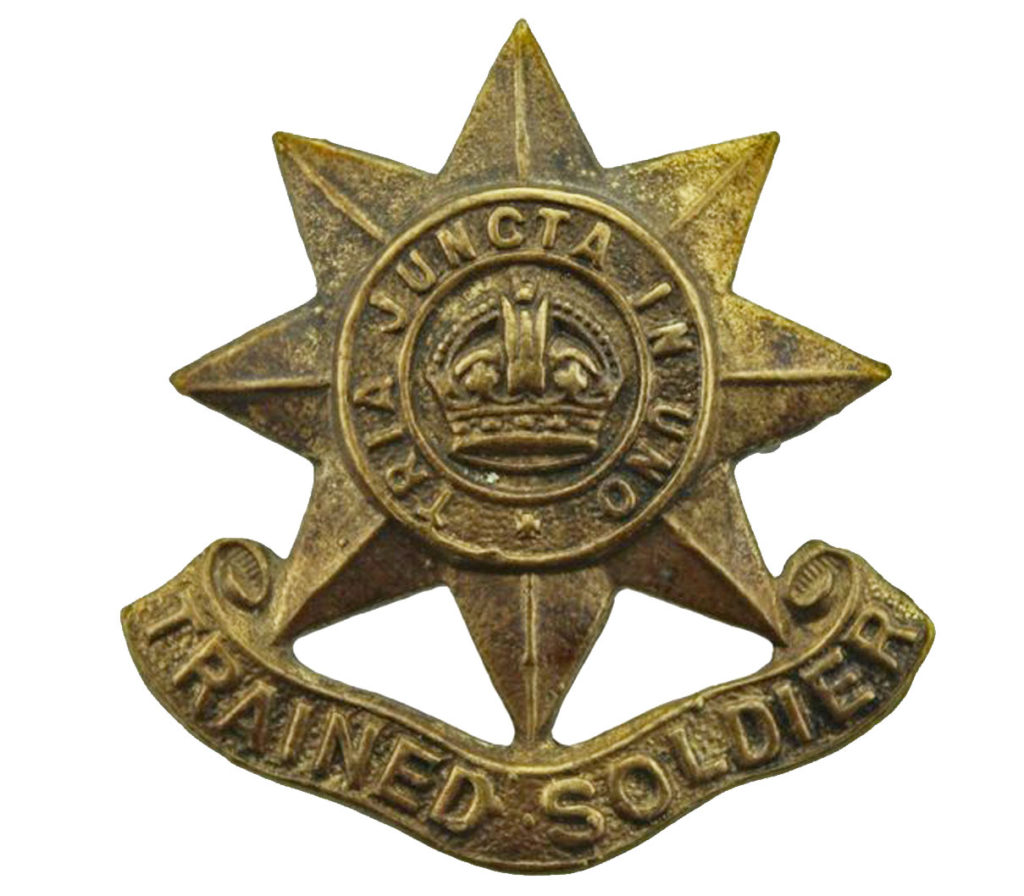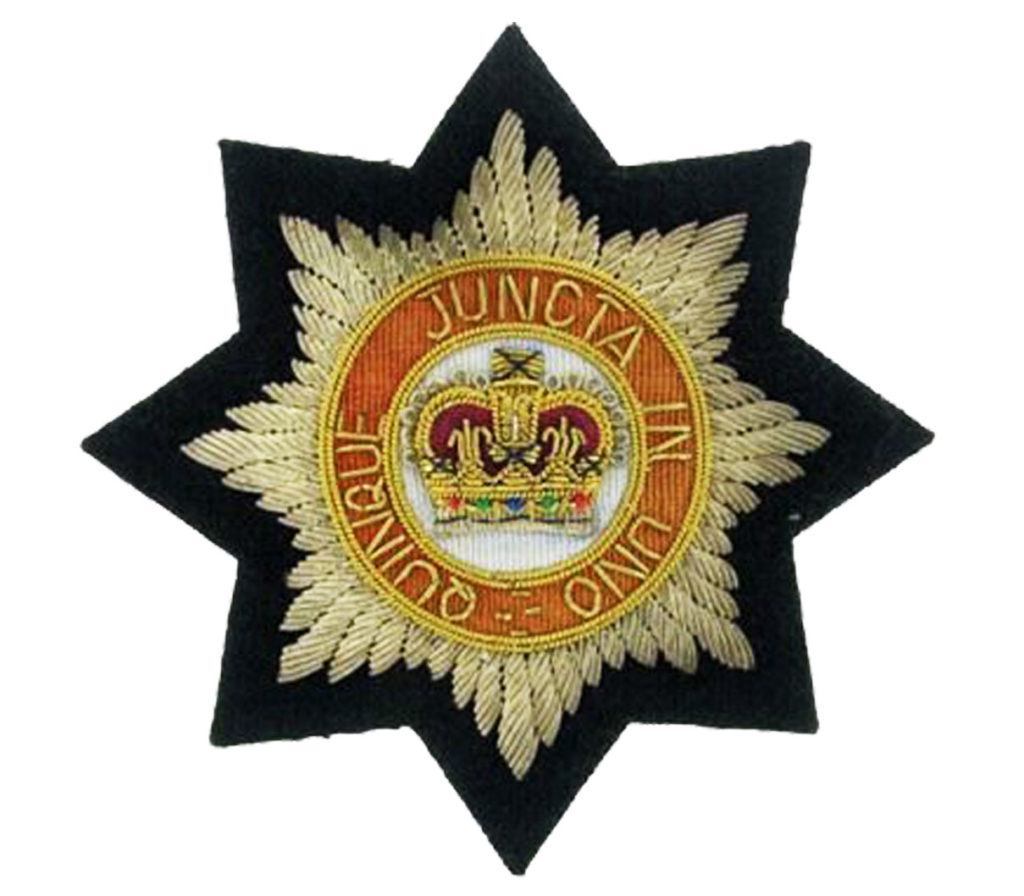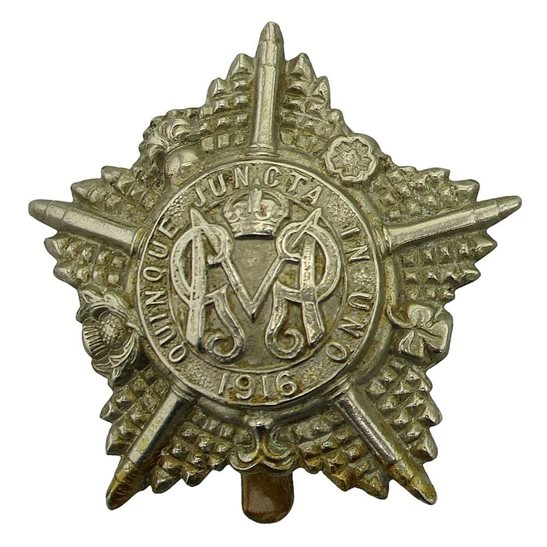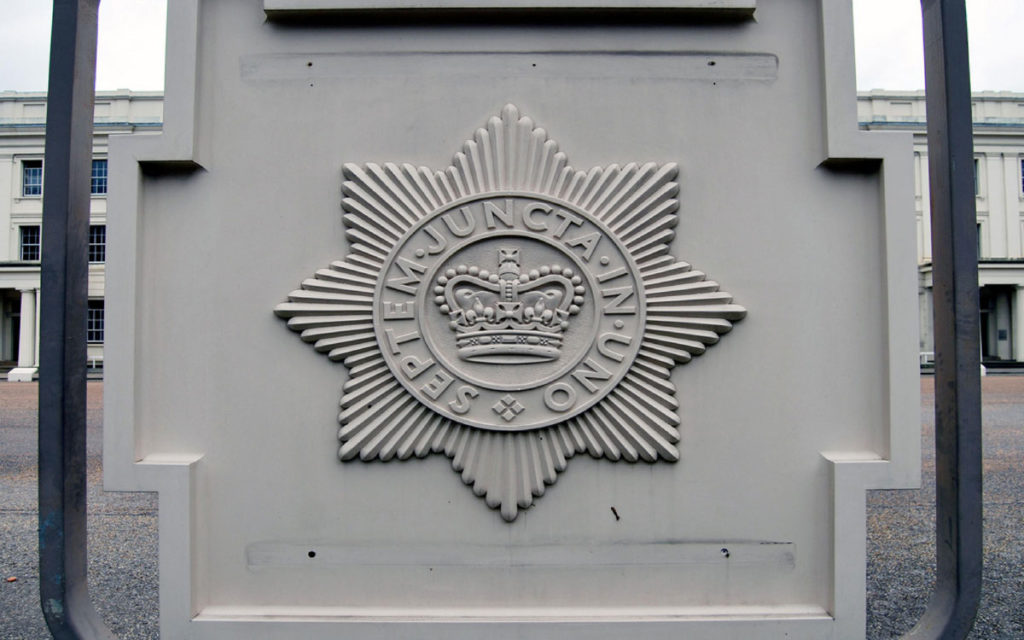There are very few formations in the World with such a long and distinguished record as the Household Division. Of the seven Guards Regiments that belong to the Household Division, five were formed during the lifetime of King Charles II in the mid-17th century.
Unlike many other Household Troops of many Heads of State, The Household Division have a duo role as the personal bodyguard of the Sovereign together with an unsurpassed fighting tradition where they are first and foremost professional soldiers.
This tradition is the cement that binds them together as they have proved on recent conflicts such as Northern Ireland, the Falklands War, Gulf War and Afghanistan.
The Regimental History of the Household Division is very long and proud, dating back to the time of the English Civil Wars and the Restoration in the middle of the 17th Century.
HOUSEHOLD BRIGADE:
Originally, we had The Household Brigade which comprised the 1st Life Guards, 2nd Life Guards and the Royal Horse Guards (Blues).

Tria Juncta In Uno most likely used at the Caterham Guards Depot pre 1949.
THE BRIGADE OF GUARDS – Tria Juncta In Uno (Three Joined in One):
Initially, the Brigade of Guards was only made of of three of the Foot Guards Regiments, Grenadier Guards, Coldstream Guards and Scots Guards. On the 1st of April 1900, at the wish of Queen Victoria to commemorate the bravery shown during the Boer Wars, the Irish Guards were added taking the Regiments to Four.

Quinque Juncta In Uno as their motto from 1949 to 1959.
THE BRIGADE OF GUARDS – Quinque Juncta In Uno (Five Joined in One):
On the 2nd of February 1915, The Times published a letter suggesting that a Regiment of Welsh Guards should be added to the Brigade. This letter was met with great (and immediate) enthusiastic support from the Welsh Press and also many influential people. On the 11th of February (only 9 days later), the Secretary of the War Office announced that [quote] “The King has been graciously pleased to sanction an addition to the Brigade of Guards by the formation of a Battalion of Welsh Guards”.

The ‘5 in 1’ star badge has a motto: QUINQUE JUNCTA IN UNO (five joined as one). The points formed from bullets and miniature badges of the 5 Foot Guards regiments placed in between.
THE GUARDS MACHINE GUN REGIMENT:
From 1915 to 1920, there was a sixth Regiment of Foot Guards added to the Brigade, the Guards Machine Gun Regiment (part of the Guards Division). In Nov 1916, a Guards Machine Gun Training Centre was formed at the Depot (Caterham).
In May 1918, the Guards Machine Gun Regiment were re-designated by Royal Warrant in May 1918 as the 6th, or Machine Gun, Regiment of Foot Guards.
The Guards Machine Gun Regiment even provided Number 8 Guard at the King’s Birthday Parade in 1919.
On 26 February 1920 an army order was issued announcing that the regiment was to be immediately disbanded and the 1918 royal warrant cancelled.

Septem Juncta in Uno, which was adopted by the Household Division in 1959.
THE HOUSEHOLD DIVISION – Septem Juncta in Uno (Seven Joined in One):
In December 1950, the Household Cavalry joined the Brigade of Guards to become the Household Brigade which was renamed as the Household Division in July 1968, at the same time the Brigade of Guards became the Guards Division
The motto would remain the same (Quinque Juncta In Uno) until 1959 when the motto of “Septem Juncta in Uno” was officially adopted
IN A NUTSHELL:
Initially, the Brigade of Guards held three Foot Guard Regiments (Grenadier Guards, Coldstream Guards & Scots Guards) and although the Brigade was increased in size by the Irish Guards in 1900, and again in 1915 by the Welsh Guards, the Brigade motto and badge was not modified to “Quinque Juncta in Uno” (Five Joined in One) until 1949.
This was modified again in 1959 to encompass the whole Household Brigade (i.e. including the Life Guards and Royal Horse Guards) with the motto officially adopted as “Septem Juncta in Uno”.
Official Adopted Mottos:
Tria Juncta In Uno – until 1949
Quinque Juncta In Uno – 1949 till 1959
Septem Juncta in Uno – since 1959
NOTE:
There has been slight confusion regarding why the Machine Gun Regiment had “Quinque Juncta In Uno” on their capbadge way back in 1915. This referred to the Regiments/Battalions in the Machine Gun Regiment and was not actually adopted by the Division as an official motto until 1949.


